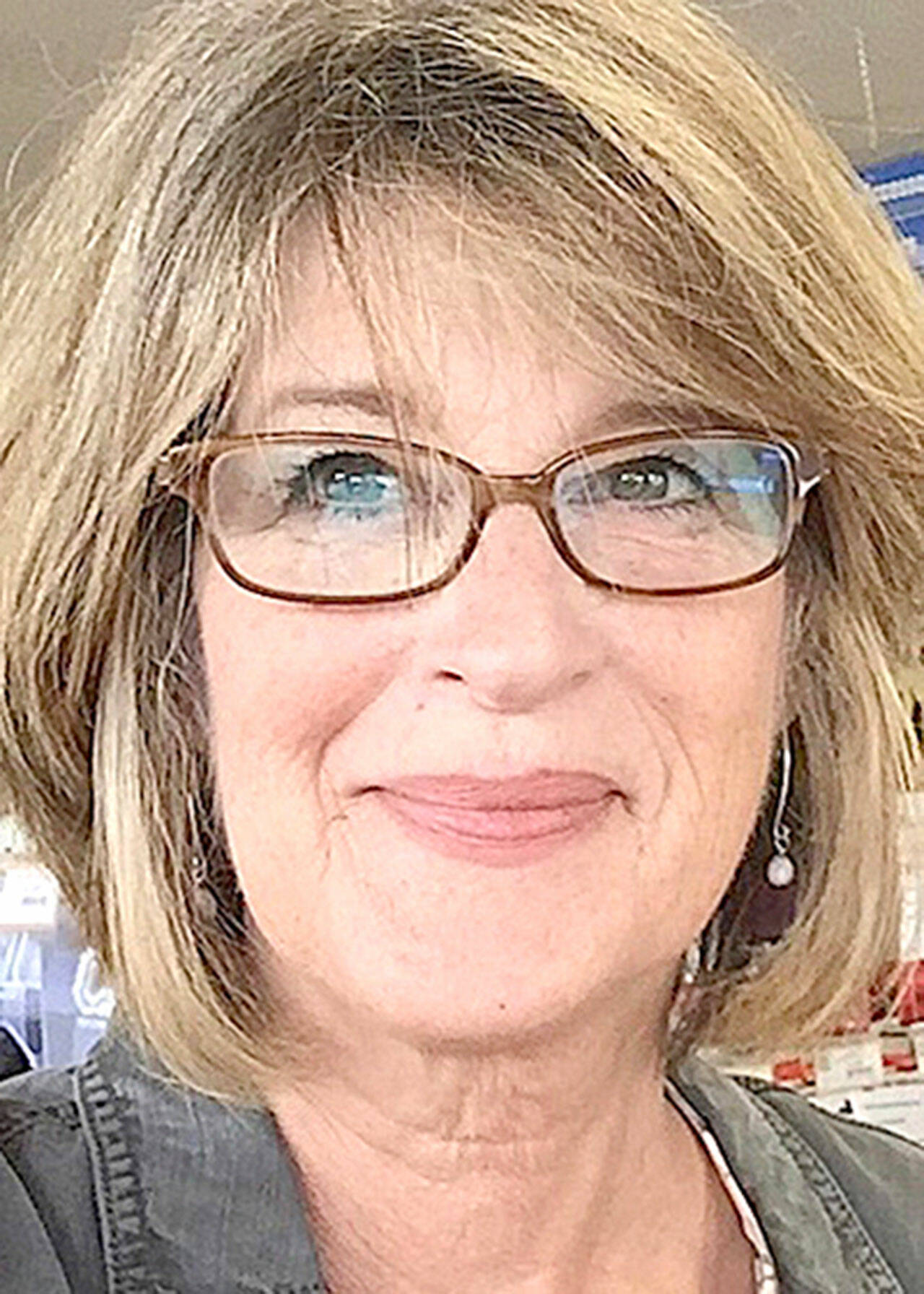Editor’s Note: This commentary is part of an ongoing series, Green Briefs, a partnership between The Whole Vashon Project and The Beachcomber. Find out more about the Whole Vashon Project at wholevashonproject.org.
It’s hard to pick up a new habit. I know because I’m the one who remembers that my reusable bag is out on the dashboard of my car just as I step up to the checkout at the grocery store.
But I have developed a habit over the past few years that I feel good about. I always pick up my dog’s poop in a bag and drop it in the garbage.
Thirty-five years ago, I moved to a home adjacent to what is now Island Center Forest (ICF). For decades I walked my dogs without a leash and without a care about whether or where they relieved themselves along the way. Like many others, I resented the county’s decision to require leashing dogs in ICF.
It took at least a year for me to remember to consistently leash up. Having evolved that far, I took pride in my dog’s instinctive behavior to poop along the side of the trail instead of on it, sparing other trail users a squishy, smelly footstep or bike tread track.
But I also felt sheepish leaving it behind.
In the back of my mind was a conversation from about a decade back, when I was commuting with a watershed manager in Pierce County.
Our conversation had veered from managing horse manure to what to do about dog manure. My solution at the time was to scoop and fling it into the forest perimeter of my property.
“Weelllll, what you should do is bag it and put it in the garbage,” she countered. This defied common sense. Doesn’t a lot of garbage go to third world countries or, worse yet, wind up in the ocean sometimes? How absurd that ideally all the dog waste on Vashon should be trucked off-island!
These days, it’s obvious from the handy, trailhead bagging stations that is exactly what public health experts want us to do.
Now I know our Vashon garbage goes to the Cedar Hills Landfill. When disposed of in our garbage, pet waste (from cats, too) enters a carefully regulated solid waste management system where leachate is collected and routed to the same sewer treatment facilities where human waste is treated. Think of dog waste as like the human variety in disposable diapers. Since our communities have more dogs than babies it’s even more imperative that it be handled like the toxic waste that it really is.
Behind all the rationalizations for why we don’t pick up after our dogs, I suspect the underlying reason is the very reason we shouldn’t leave it behind. It stinks and it’s full of pathogens, parasites, and zoonotic diseases. We know it’s not good for us, or thousands of other creatures in our fields, forests and shorelines.
Dogs eat a commercial diet; what comes out the other end is nothing like the natural food chain.
The by-products of their digestive systems shouldn’t be deposited willy-nilly where they dissolve into puddles, creeks, wetlands and shallow groundwater.
Nor should it be left behind on beaches where kids play in the sand and juvenile aquatic species are just beginning life.
The key solution for a forgetful person like me was buying a bag holder that clips onto my leash. It’s always on my leash, always handy. I wish I could say you’ll find them in the pet section at the grocery or hardware stores, but they aren’t there at this time. However, Pandora’s Box, our remarkable pet emporium, carries a selection of more than 10 different models along with refill bags, many of which are biodegradable and even made from vegetable starch instead of plastic.
Will you join me in taking the one-time step of buying a bag holder and clipping it onto your leash and properly disposing of the waste?
You’ll enjoy walking through our natural landscapes and wonderful beaches a little bit more and the millions of creatures trying to survive in the natural world will be the better for it too.
Carrie Sikorski is a daily trail walker, sporadic trail biker, retired program manager at EPA and former specialist in local agriculture/food system issues and marketing for Pierce County. She believes that hope and motivation flow from knowing your carbon footprint.



